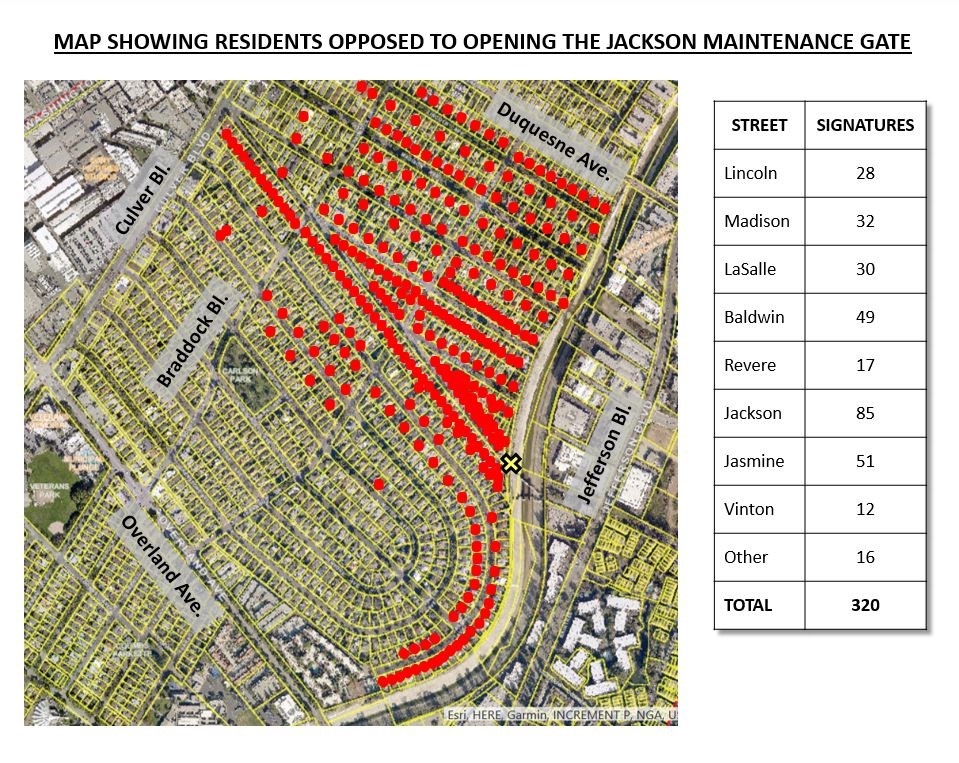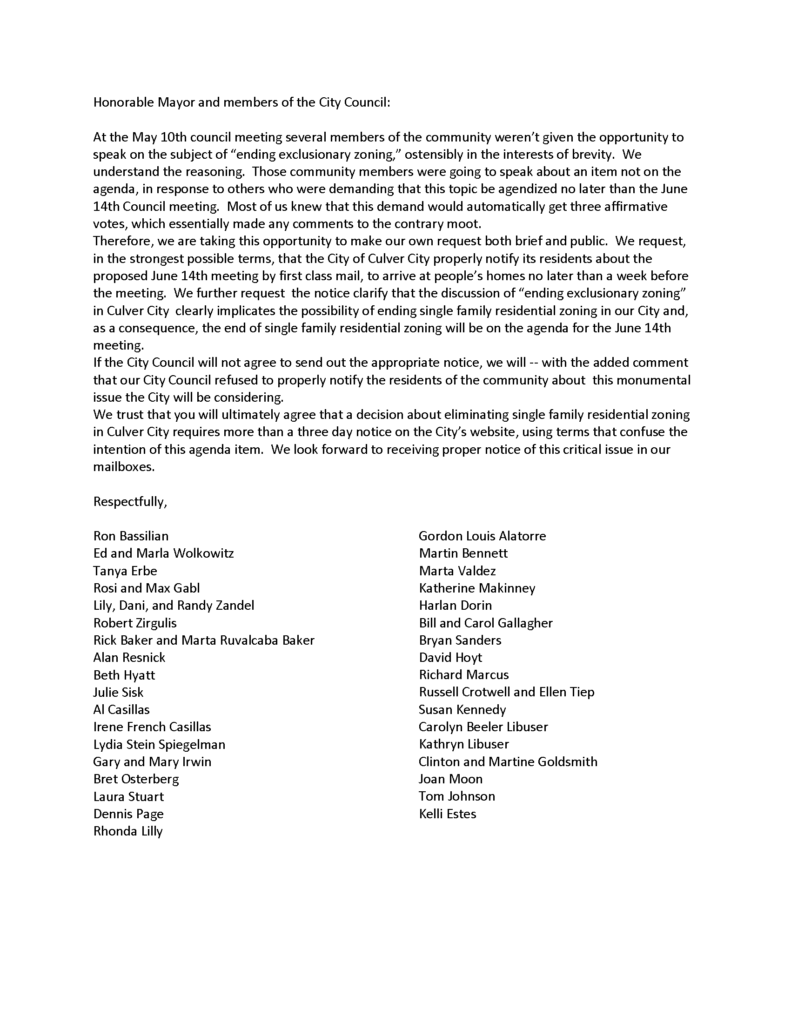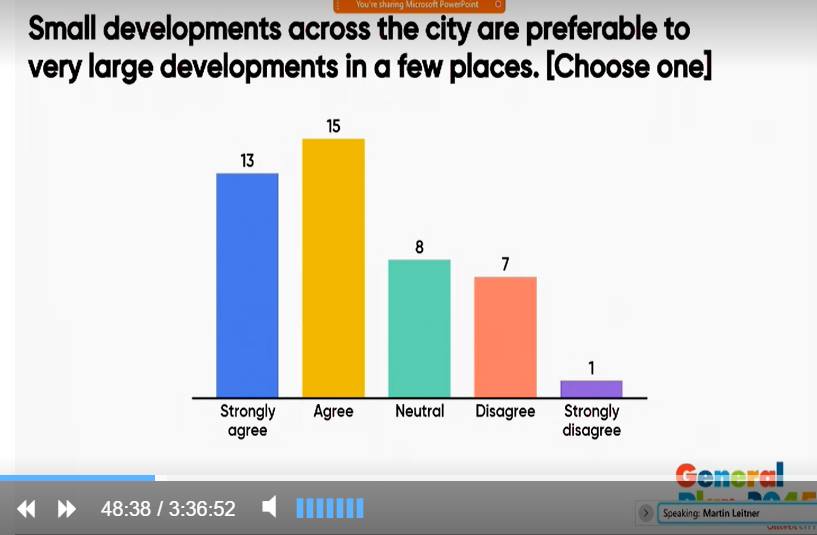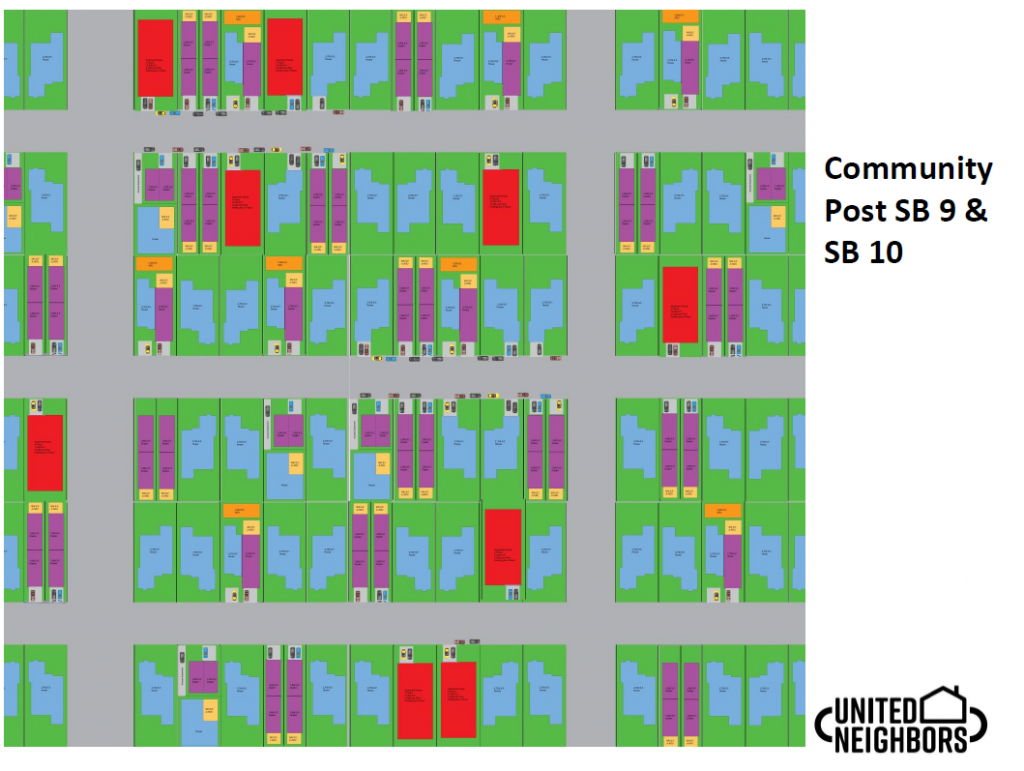The “Defund CCPD” campaign did not go away after the past election. Both Albert Vera and Goran Eriksson were recently elected on opposing deep cuts. That still leaves Councilmembers Lee and Imani-McMorrin staunchly supporting abolishing our police, with only Mayor Fisch being the wildcard in this debate. This allowed the Defunders to bring back the issue with a vengeance in the last couple council meetings. Vocal militants, they teamed up with friendly councilmembers to stop CCPD from enforcing low-level traffic violations – ostensibly due to profiling concerns.
Although we have avoided the drastic 50% cut the Defunders originally demanded, our police appear doomed to “death by a thousand cuts.” Our police department is now forbidden from keeping our sidewalks clear of tents, forbidden the discretion of traffic stops, and are subject to hiring freezes. Death by attrition seems much more politically feasible for the Defunders than a cold turkey abolition.
Ordinary residents see where this is going. The resultant increase in crime is undeniable. Aggravated assault and burglary have increased dramatically. Anecdotes of stolen packages, catalytic converters, assaults, transient camp crime and fires, and street racing are now common on social media. It promises only to get worse.
This has left many of our members frustrated and confused as to why this is happening and how to stop it. It’s so unpopular, so outrageous, so boneheaded. Where is this coming from?
The issue isn’t facts but loyalty. The current council majority – Fisch, Lee, and Imani-McMorrin – were elected largely due to the efforts of a core of 15-20 militant residents. These militants push their talking points at every council meeting. They are active and aggressive on social media. They have gained positions in certain key commissions like the Homelessness, General Plan, and Police Chief’s advisory panel, as well as the School Board. And they have ties to academia and elected officials.
Motivating them is the Culver City Action Network, which has put forward a the most radical demands in this city. It is an anonymous organization – their website has no personal info – but we have some idea of who’s behind it. Outgoing councilmember Meghan Sahli-Wells appears to be one of its prime organizers. From the dais, Mrs. Sahli-Wells called herself a police abolitionist. Also prominent is Noah Zatz, a UCLA law professor who makes $350,000/yr (plus housing stipend) to be a professional activist.
Behind the Defund push is their belief, not simply that our police are racist, but policing itself is racist. They believe policing is a throwback to slavery, there’s no way to reform it, and abolishing it is the only way to progress as a country.
The city’s own professional report by CPSM flatly deny this claim. They show how police facilitate an open and just society, and removing them ruins life for everyone. That doesn’t stop these militants from pushing their own consultants with their agenda-driven “studies.” Saul Sarabia is their primary defunding consultant. He was brought up yet again at the March 1st meeting by Noah Zatz, who demanded council follow his demands in his report to defund the police by 50%.
Behind Sarabia’s report is another anonymous report, tied to UCLA Law’s Criminal Justice Program. The half-truths and misrepresentations in this report are too many to mention in this article. Suffice it to say it’s anonymous for good reason. We contacted UCLA’s Law School, and the only one to take any responsibility for it is the dean, who says we’re welcome to contact him with any questions.
Between Sarabia’s report and the UCLA report we see a common thread. The agenda comes first, and the facts are applied to fit. Councilmember Daniel Lee confirmed as much last year, when he said the point of any report was to tell him how he could cut CCPD by 50%.
These kinds of agenda-driven studies are not new to us at Protect Culver City. We saw this play out on the rent control issue in 2019. Councilmembers made bogus claims of an “epidemic of evictions and gouging” – yet again, flatly denied by their own staff, consultants, and Landlord Tenant Mediation Board.
If these guys are so few, how do they convince council to vote their way?
They take advantage of the fact that the vast majority of the city consists of compassionate, loyal Democrats. They’ve taken over the Culver City Democratic Club, which pushes their candidates and measures. The CCDC endorsed Measure J, which cuts the LA County Sheriff’s Department by 10%. They also endorsed Councilmember Daniel Lee for State Senate, over the less radical and more popular Sydney Kamlager. CCDC has also made it clear that any candidate who associates with Protect Culver City is on their enemies list. This has led several key people to shy away from us.
They have close ties with local elected Democrats. Representative Karen Bass and State Senator Holly Mitchell regularly endorse their candidates and measures. They also have ties to academia and larger government. Councilmember Yasmine Imani-McMorrin also works at USC, Daniel Lee works for a foundation, and Alex Fisch works for the CA Attorney General. Through these ties, they gain access to these studies, consultants, and legal precedents.
They use their positions on the School Board to further organize their causes. They’ve already gotten into trouble using school resources to organize a Women’s March, as well as using confidential school mailing lists for their political mailers. All this put together makes for a formidable political machine.
The good news is they have widespread opposition. The last election proved it. These militants, who enjoy so many advantages, only got one of their three favored Council candidates elected. While they dominate the institutions of our city, their overall outreach is waning, as well as their popularity.
This is something we can and must build on. While the opposition is widespread, it needs to be better organized and able to anticipate these events.
We are ultimately fighting about a clash of visions in Culver City. Their vision is stark: a loss of public safety, reckless deregulated upzoning, replacing multifamily apartments with pricey condo developments, replacement of our small businesses with big box stores. It contrasts what the vast majority of us moved here for: safe streets, good schools, homespun community, an oasis of calm which welcomes people from all walks of life.
Residents who want to maintain the character of Culver City which has made it famous, must stop these militants from implementing their vision.




